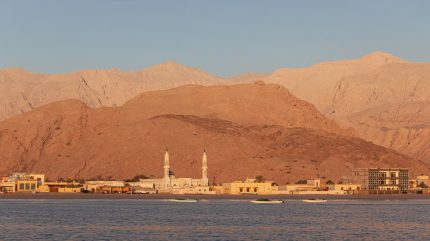
The Governor’s Office of Musandam, Oman, has signed agreements with local contractors for infrastructure and beautification projects in 15 coastal villages, focusing on sustainable development.
This initiative aims to enhance living standards and promote community interaction, aligning with Oman Vision 2040’s goals for balanced regional development, reported Muscat Daily.

Discover B2B Marketing That Performs
Combine business intelligence and editorial excellence to reach engaged professionals across 36 leading media platforms.
The selected villages, located in Khasab and Dibba, will see the construction of sea walls to mitigate tidal surges and flash floods, as well as pedestrian walkways, landscaped parks, and seating areas.
“These agreements aim to improve the quality of life for residents and reaffirm the governorate’s commitment to sustainable and inclusive development,” stated the governor’s office.
The projects are part of a broader strategy to curb urban migration, support rural communities, and create public spaces for locals and tourists.
The villages’ natural landscapes and cultural heritage offer potential for eco- and heritage tourism, according to the office.

US Tariffs are shifting - will you react or anticipate?
Don’t let policy changes catch you off guard. Stay proactive with real-time data and expert analysis.
By GlobalDataMeanwhile, the construction of Sultan Haitham City near Muscat is progressing rapidly, reported the SABA news agency.
Laila Al-Nassri, city director of developer follow-up, in an interview with Anadolu Agency, said: “Construction work in the city has progressed rapidly since the project’s launch, thanks to the involvement of six developers working on the ground.”
The city, spanning 15 million square metres, is designed as an integrated model of a smart, sustainable urban centre.
The project’s first phase began two years ago, covering over half the total area, focusing on infrastructure, residential and educational zones, and public facilities.
Development is distributed among local developers, with two foreign companies expected to join future phases.
The project, with a $1.7bn investment so far, aims to establish 20,000 residential units for approximately 100,000 locals.
Completion of the first phase is anticipated by 2030, with full project finalisation by 2045, though the timeline could be accelerated if progress continues at the current rate.



